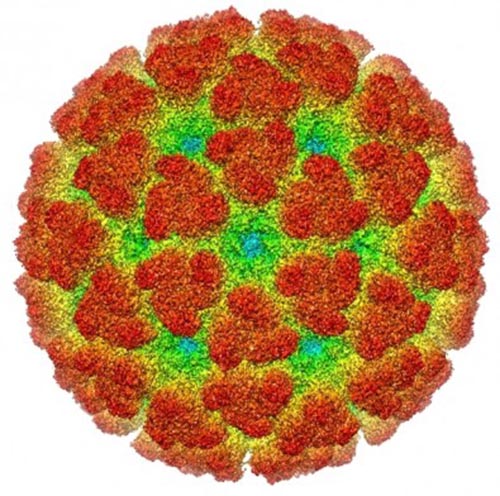Researchers from the University of São Paulo (USP) at Ribeirão Preto in Brazil have developed a platform that analyzes clinical samples from patients to diagnose infection by 416 viruses found in the world’s tropical regions.
According to its creators, the tool can be used by reference laboratories such as Adolfo Lutz Institute, Oswaldo Cruz Foundation (Fiocruz) and Evandro Chagas Institute in Brazil to assist epidemiological surveillance by detecting pathogens with the potential to cause epidemics in humans.
Results of the research project, which was coordinated by Victor Hugo Aquino, a professor at the University of São Paulo’s Ribeirão Preto Pharmaceutical School (FCFRP-USP), and supported by FAPESP, have been published in PLoS Neglected Tropical Diseases.

Researchers from the University of São Paulo have produced a tool for reference labs to assist epidemiological surveillance by analyzing clinical samples from patients with suspected infection by dengue, Zika, chikungunya and many other viral agents (Credit: Chikungunya virus/Wikimedia Commons)
“The number of patients with suspected dengue, Zika or chikungunya infection will increase when summer arrives,” said Aquino, lead author of the article. “Conventional methods are frequently unable to confirm diagnosis of these diseases, so we don’t know which viruses are circulating.”
In his view, if a tool like this had been available when Zika began circulating in Brazil, it might have been possible to restrict its spread to the initial outbreak location. “We took a long time to realize an epidemic was under way because no one was thinking of Zika at the time,” he said.
In addition to the pathogens, the platform detects others that as yet have been identified only sporadically but could become epidemics.
Examples include Mayaro, an alphavirus related to chikungunya that is transmitted by wild mosquitoes such as Haemagogus janthinomys, and Oropouche, which to date has caused epidemics confined to riverine communities in the Amazon region and is transmitted mainly by midges of the species Culicoides paraensis.
“There are several other viruses that haven’t yet caused problems in humans but may do so one day,” Aquino said. “They’re evolving all the time, and with the degradation of natural environments infectious agents once confined to natural niches could spread farther afield.”
Although the platform is designed above all to detect pathogens transmitted by arthropods such as mosquitoes and ticks, it can also diagnose infectious agents transmitted by small mammals, like hantavirus.
Aquino explained that the selection encompasses all viruses occurring in tropical regions with DNA sequences deposited in GenBank, a public database maintained by the National Center for Biotechnology Information (NCBI), which is part of the United States National Library of Medicine (NLM).
How it works
The platform consists of a DNA microarray slide with eight identical sub-arrays containing viral probes replicated at least three times to complete the array with 15,000 probes. Each probe contains the sequences for 60 nucleotides that are complementary to the genomes of the viruses to be detected.
According to Aquino, the sequences were mounted on the basis of information from GenBank using bioinformatics.
“If a blood sample contains one of the 416 viruses included on the microchip, the pathogen’s genome will bind with one of the probes to produce a marker that can be detected by a scanner,” Aquino said.
The device that reads the results is the same as that used in microarray assays for the analysis of gene expression.
“Initially, the test will not be for the entire population because of high cost,” Aquino said. “It will be used on patients with suspected dengue, Zika or other febrile diseases whose diagnosis isn’t confirmed by conventional methods.”
The methodology was validated using 20 viruses available at FCFRP-USP’s Virology Laboratory. The validation tests did not point to cross-hybridization, which produces a positive result for more than one infectious agent and hinders correct identification of single viruses.
Nevertheless, the method proved effective to diagnose cases of co-infection, such as when the same patient has been infected by both Zika and dengue.




